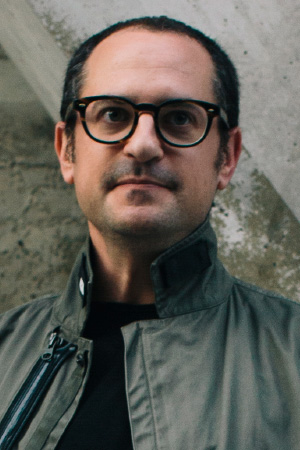On Wednesday, Mobileye revealed that it ended its relationship with Tesla because "it was pushing the envelope in terms of safety." Mobileye's CTO and co-founder Amnon Shashua told Reuters that the electric vehicle maker was using his company's machine vision sensor system in applications for which it had not been designed.
"No matter how you spin it, (Autopilot) is not designed for that. It is a driver assistance system and not a driverless system," Shashua said.
In a statement to Reuters, Tesla said that it has "continuously educated customers on the use of the features, reminding them that they’re responsible to keep their hands on the wheel and remain alert and present when using Autopilot" and that the system has never been described as autonomous or self-driving. (This statement appears to be at odds with statements made by Musk at shareholder meetings.)
It is also emerging that the crash which cost Joshua Brown his life in May of this year was unlikely to have been the first such fatal crash involving Tesla's Autopilot. In January of this year in China, a Tesla ploughed into the back of a stationary truck at speed, killing the driver.


 Loading comments...
Loading comments...
